Poland
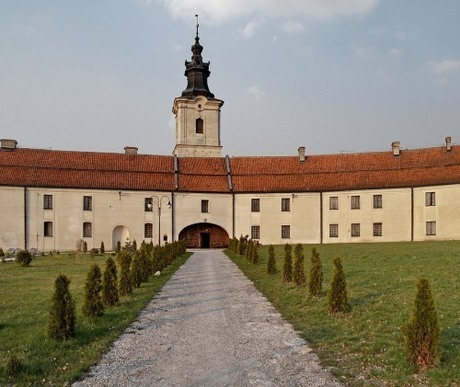
The Museum of Archaeology and Ethnography was established in 1931 in Lodz, the second-largest city of Poland (current population: 950,000). In 1945, Prof. Konrad Jazdzewski (1908-1985), one of the most significant figures in the history of Polish archaeology, assumed its directorship.
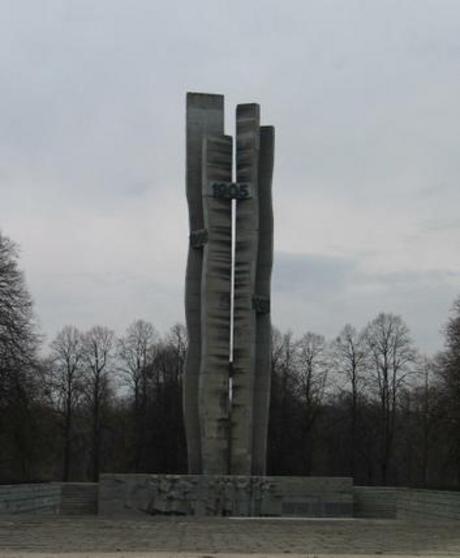
The Łódź insurrection, also known as the June Days, was an uprising by Polish workers in Łódź against the Russian Empire on 21–25 June 1905. It was one of the largest disturbances in the Russian-controlled Congress Poland during the Russian Revolution of 1905. Poland was a major center of revolutionary fighting in the Russian Empire in 1905–1907, and the Łódź insurrection was a key incident in those events.
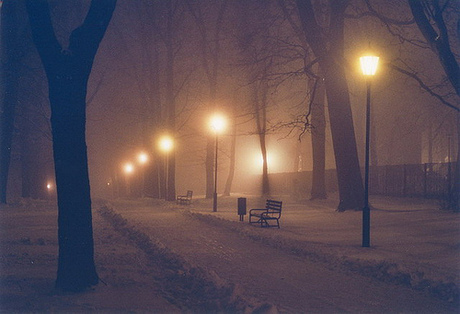
The present area taken by Łódź used to be an endless Puszcza Łódzka - the Łódź Forest. Now 2378 hectares of the city are still taken by the forest. The largest compact forest complexes, lying within the town, are: Las Łagiewnicki, Uroczysko Lublinek, Uroczysko Ruda Popioły. Ancient trees, the remnants of old forests, may also be found in the oldest parks: the Piłsudskiego Park, the Poniatowskiego Park ,the Źródliska Park, the Mickiewicza Park and the 3 Maja Park.
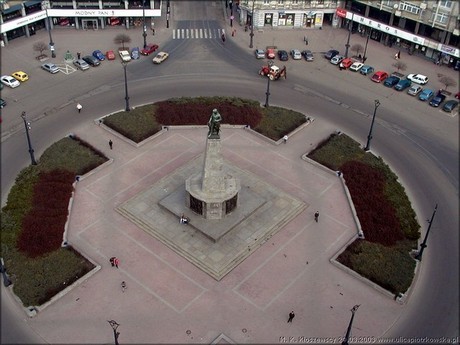
At the square in 1827 stood Town Hall, and the Evangelical church St. Trinity (the first representative buildings of Lodz). In 1898 to the square reached new trams, and the marketplace has been transformed into a representative square.
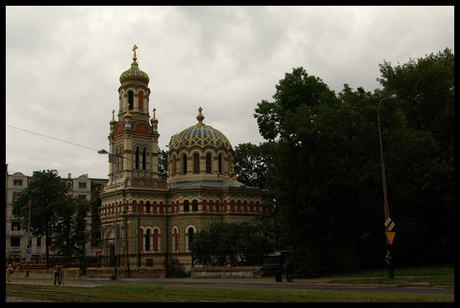
The city’s Roman Catholic Cathedral is the biggest church in Łódź. A true Gothic masterpiece it was built between 1901 and 1912 by the famous Łódź builders Wende & Zarske from original drawings supposedly supplied by the Berlin architect, Emil Zillmann. Styled along the lines of a typical medieval cathedral with three aisles, transept, choir, ambulatory and Lady Chapel, the interior is famous for being rather severe. Damaged by a fire in 1971, the cathedral has been painstakingly restored including the addition of a new roof supported by modern steel trusses. On the Chancery's side find a small Cenotaph dedicated to the Unknown Soldier, and on the opposite side a monument to Father Skorupka, a Roman Catholic priest who is believed to have made a great contribution to the country’s victory over the Bolsheviks in 1920.
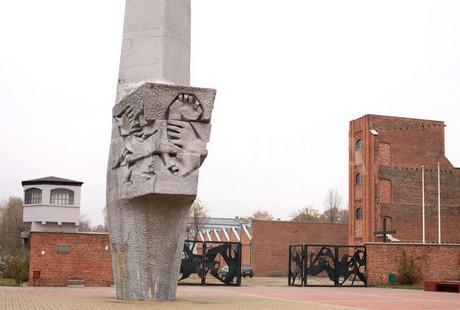
While not nearly as famous as some of the Nazi killing fields found in Poland the conditions in Radogoszcz prison were unflinchingly brutal, and what remains today is a stark insight into the evil mechanics of the Third Reich. As if to bring the horror into even sharper focus is Radogoszcz’s location, smack in the centre of residential Lodz, and a visit to this often forgotten camp proves every bit as sobering as it is essential.
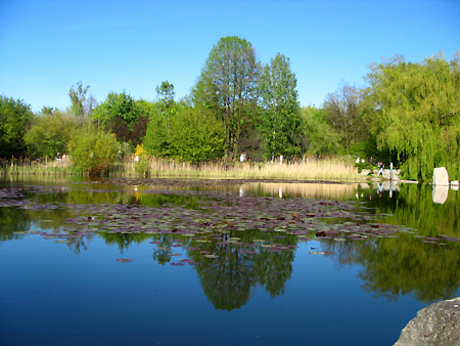
The idea of establishing the Botanic Garden and the Palm House had already been present in the project of Park Ludowy (People's Park) in Zdrowie district, prepared in the 1930s by Stefan Rogowicz, the manager of Urban Plantations.
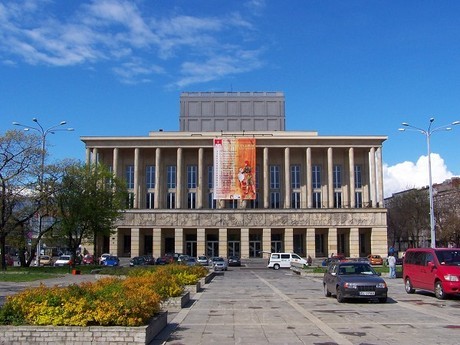
The Grand Theater, established in the 1950s, is the biggest theater in Lodz, and a very well-known theater in Poland. There are many interesting plays here, and some of the country's most important actors perform under its roof. Different kinds of performances are held, ranging from operas to classical drama to ballet. It is also often the venue where various festivals and social events are organised. It was the place where Miss Poland 2008 finals were being held.
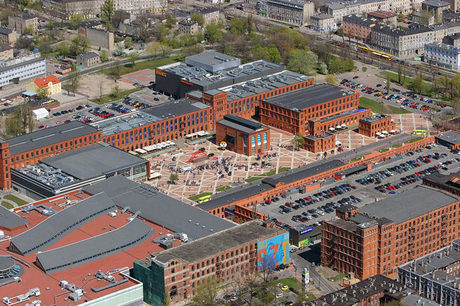
The first Manufaktura loom began spinning in 1852. Real growth came about during the period 1872-1892, by which time more than 80,000 spindles spread over 12 separate factories were churning out high-quality textiles at a rate unmatched anywhere in Europe at the time. Poznański adored luxury – when asked what style he wished one of his residences to be built in he allegedly declared ‘All of them, I can afford them all!’ The palaces he built for himself all over the city are testament to his fondness for extravagance, but he was also considered a visionary employer.
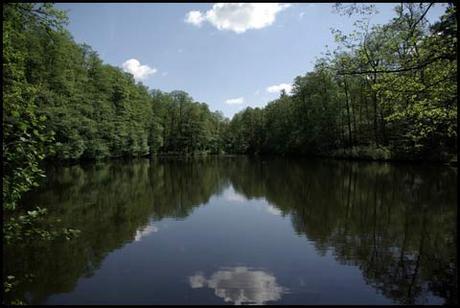
Lagiewniki is the biggest forest inside a city boundary in Europe and the green lungs of this former industrial powerhouse. Pack a kielbasa and a couple of piwos in a plastic bag and set off by bike for a picnic among the trees and lakes.
 1 2 3 4 5 6 78 9 10
1 2 3 4 5 6 78 9 10 
